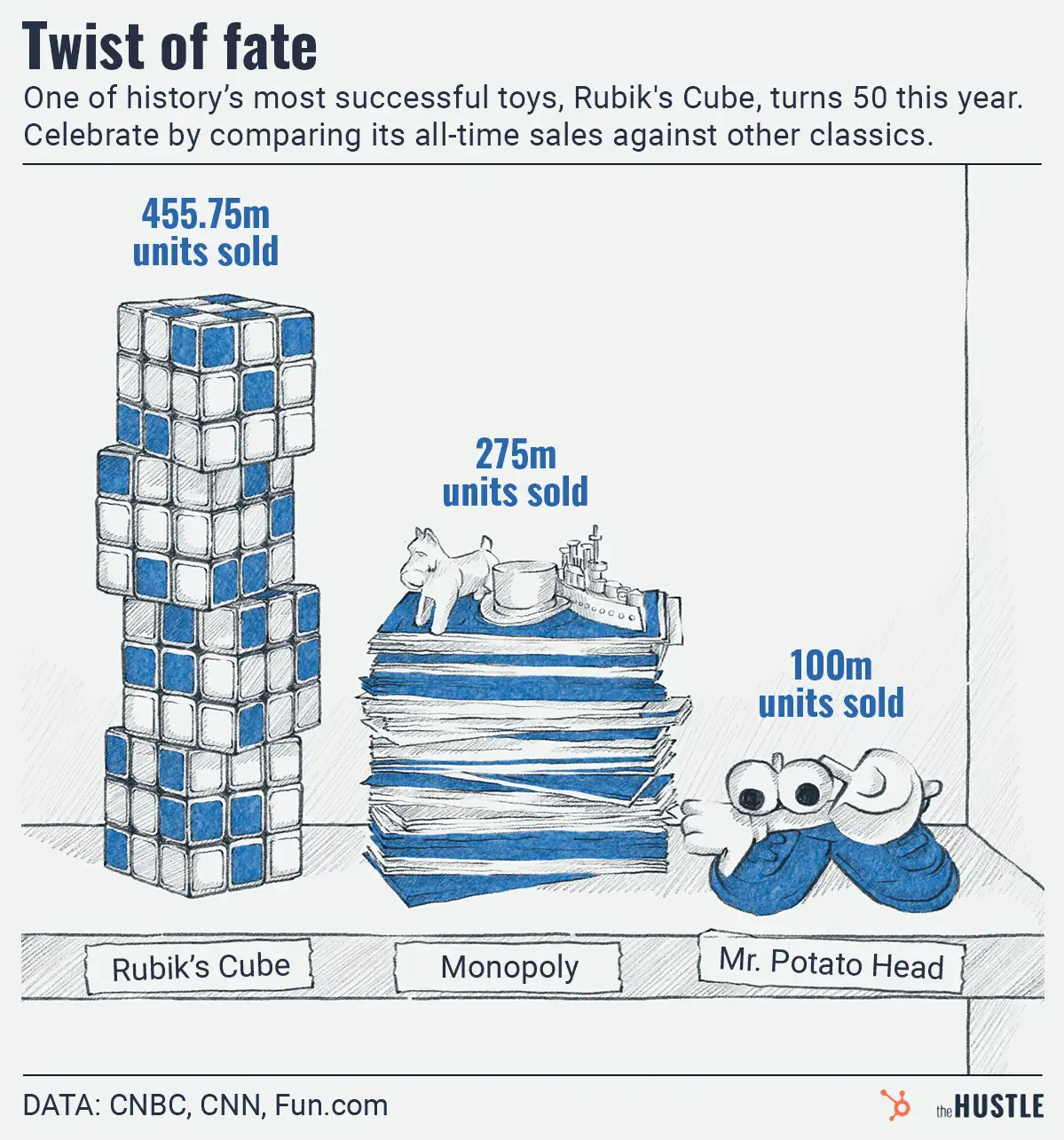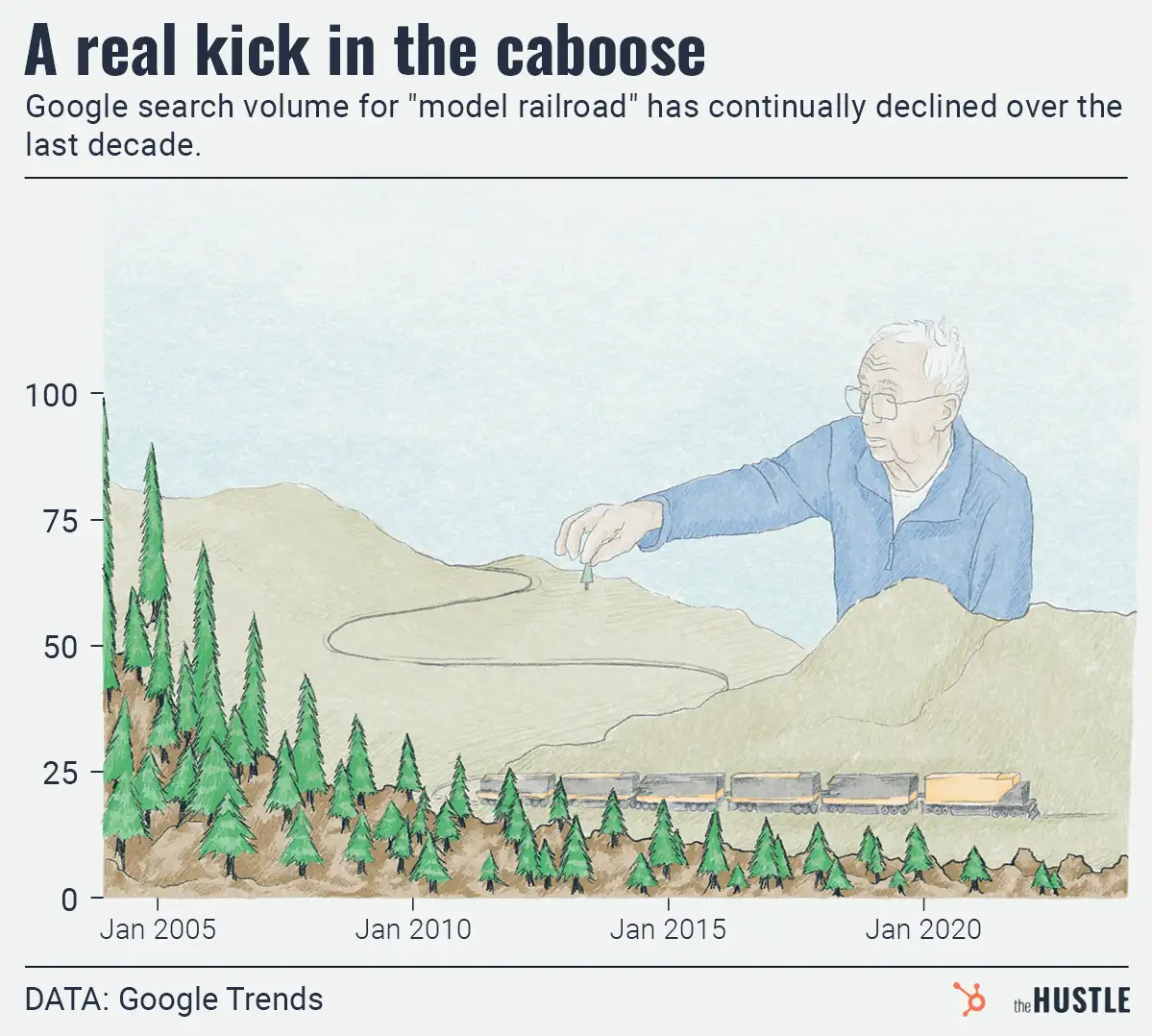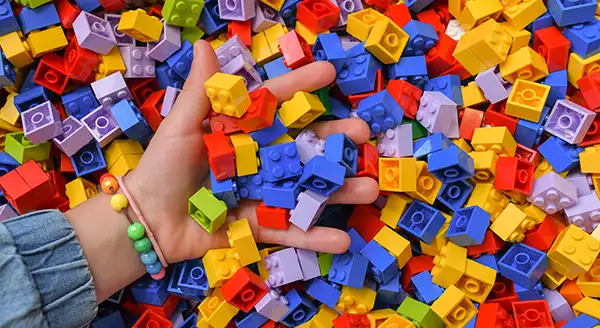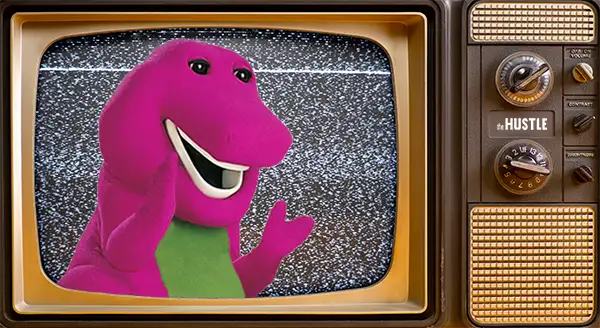Remember the joy of plucking a fresh teddy bear off the toy store shelf?
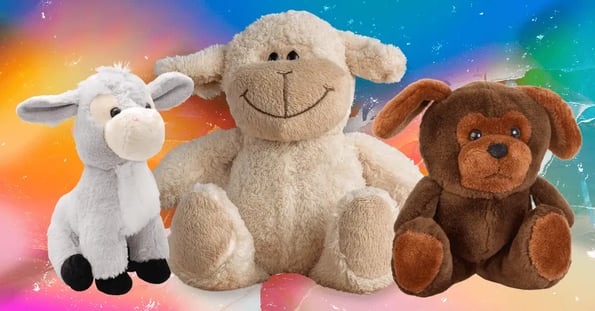
It was the pinnacle of childhood joy. And now, the kids are all grown up, and so are their piggy banks.
While toy sales are down 8% this year, plush toys are having a cushier outcome: Sales are up 4% and hit $1.7B in October, perThe Wall Street Journal.
At FAO Schwarz, plush toys make up 30%+ of the business.
Now, brands are trying to cozy up to consumers with plush new offerings:
- MGA Entertainment — the creator of Bratz — released Fluffie Stuffiez, “huggable, ultra fluffy” toys that come in a variety of shapes.
- Ty said it updated its iconic Beanie Babies to be softer than ever with a new fabric.
- Beverly Hills Teddy Bear uses materials that cost $8 more per yard than average plush for its World’s Softest Plush toys to maximize threads per inch.
And Jellycat and Squishmallows are having a moment on TikTok, with the hashtags #jellycat and #squishmallows amassing 873.2m and 6.3B views, respectively.
Squishmallows were even named the top-selling toy of 2022 by market research firm Circana, beating out heavyweights like Pokemon and Barbie.
Not just for kids
Much of the plush toy’s success is being driven by an important new category of toy-buyers: adults.
Toy brands have seen a rise in sales from “kidults” chasing childhood nostalgia, with consumers ages 12+ comprising a quarter of all toy sales.
That’s because plush toys check a lot of boxes for today’s buyers:
- They’re collectible, nostalgic, and tap into habit-building emotions for consumers (similar to the Beanie Baby craze).
- While many people struggle with anxiety, loneliness, and sensory issues, soft, cuddly objects can offer moments of comfort.
Plus, they’re cute as hell. Just try to look this cup of cocoa in the eyes without smiling.
bc75.jpg)
